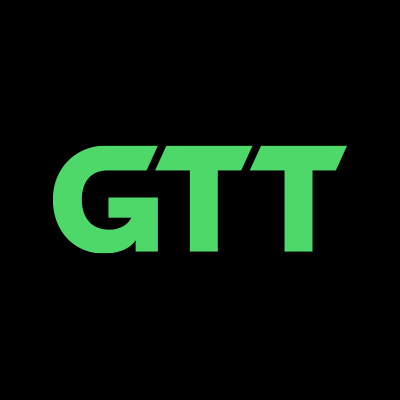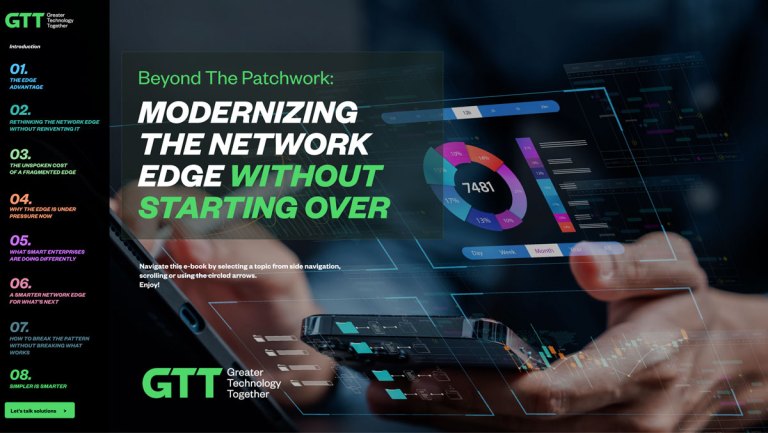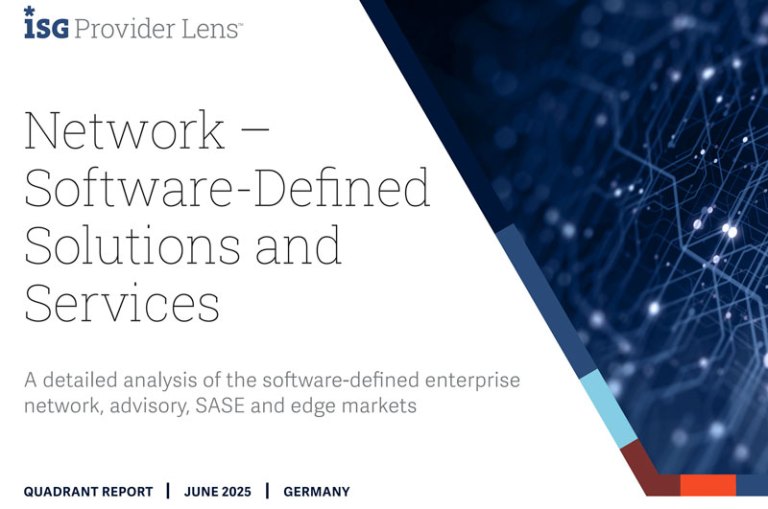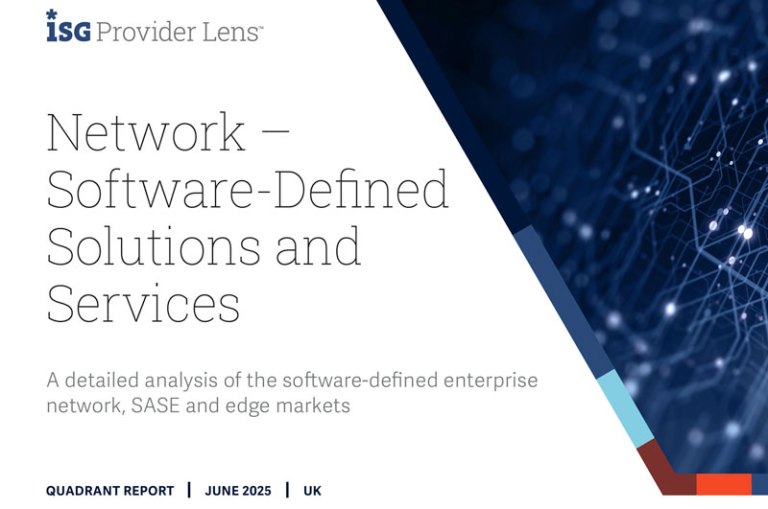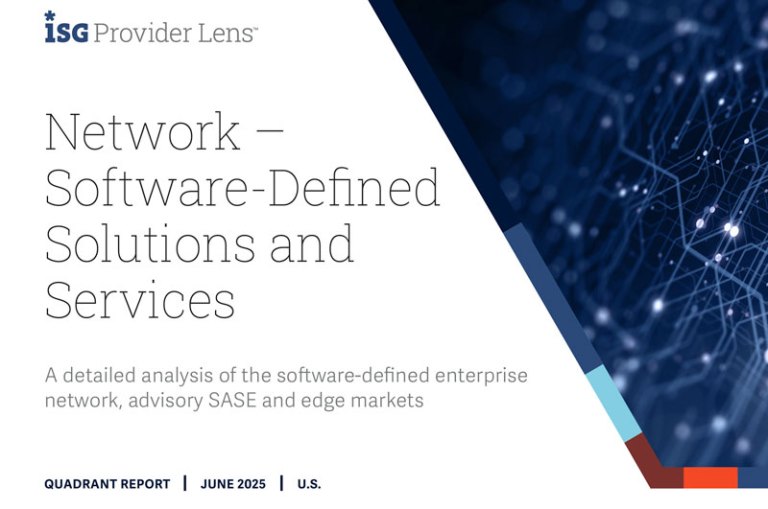Distributed Denial of Service (DDoS) attacks continue to pose a significant threat to organizations worldwide, with a notable increase in frequency and sophistication from January 2025 to March 2025. During this period, the number of DDoS attacks surged by 137% compared to the previous year. On average, each DDoS attack costs a company approximately $1.1 million USD, underscoring the substantial financial impact these incidents can have. Cybercriminals are becoming increasingly bold, targeting organizations of all sizes and across various industries. They are leveraging advanced tools such as artificial intelligence (AI), machine learning (ML), and automation, which are also used by organizations to defend against these threats. To mitigate the risks associated with DDoS attacks, it is crucial for organizations to implement robust security measures including continuous network monitoring, adaptive threat detection and scalable DDoS mitigation strategies.
Notable examples of DDoS attacks in Q1 2025 include:
- Attack on a Major U.S. Financial Institution:
In February 2025, a prominent U.S. bank experienced a massive DDoS attack orchestrated by the hacktivist group DieNet. The attack lasted for approximately 12 hours and involved a sophisticated botnet that generated traffic spikes exceeding 1 Tbps. The bank’s online services, including its website and mobile app, were rendered inaccessible for the duration of the attack. This disruption affected millions of customers, leading to significant financial losses and reputational damage. The bank also faced increased scrutiny from regulatory bodies. - Attack on a European Healthcare Provider:
In March 2025, a large healthcare provider in Germany was targeted by a DDoS attack from the group Spider-X. The attack utilized a combination of volumetric and application-layer techniques, overwhelming the provider’s network infrastructure. The attack caused widespread outages in the provider’s online patient services, including appointment scheduling and telehealth consultations. This disruption impacted thousands of patients and delayed critical medical services. The provider incurred substantial costs in mitigating the attack and restoring services. - Attack on an Asian E-commerce Platform:
In January 2025, a leading e-commerce platform in Japan was hit by a DDoS attack from the DDoS-for-Hire service Venom DDoS. The attack involved a multi-vector approach, combining SYN floods, UDP floods, and HTTP GET floods. The platform’s website experienced significant downtime, preventing customers from making purchases and accessing their accounts. The attack led to a sharp decline in sales and customer trust, as well as increased security expenditure to prevent future incidents.
These incidents demonstrate the significant impact DDoS attacks can have on organizations who are worried about financial loss, reputation damage, productivity losses, and customer and partner losses from operational disruptions and gaps in their cybersecurity.
These DDoS Attacks Also Mirror What We Are Seeing in Our Own Practice
Over the past year, we have observed an increase in the size of Distributed Denial of Service (DDoS) attacks.
As an example for GTT, the packet-per-second (pps) average attack sizes have surged by 242%, while megabits-per-second (Mbps) average attack sizes have grown by 128% from the first half of 2024 to the second half of 2024. This trend and escalation continue to increase in 2025, highlighting a concerning trend for businesses and service providers alike.
We automatically mitigated two attacks exceeding 1Tbps in the last week of Q1 2025. This milestone underscores the evolving threat landscape and the necessity for advanced, automated DDoS mitigation solutions to safeguard networks against increasingly massive attacks.
1/1/2024 to 3/31/2025 Data:
PPS:
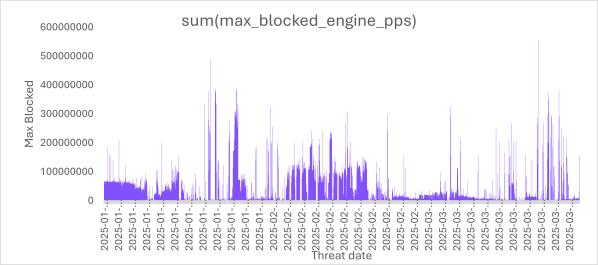
Mbps:
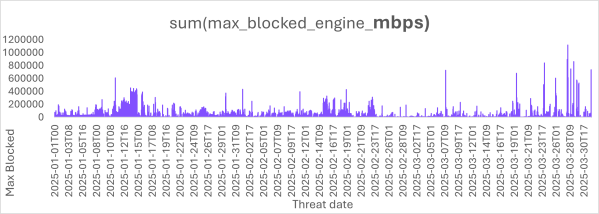
Furthermore, in recent research conducted by GTT’s DDoS Mitigation partner Corero with Merrill Research when describing the largest DDoS attack experienced by their company revealed the following (see table below):
| DDOS attack metric | Observation |
| Bandwidth | 3 in 4 occurred at 100 Mbps to 9 Gbps |
| Packet per Second (PPS) | 3 in 4 had a PPS of 100Mbps to 9Gbps |
| Attack Duration | 8 in 10 lasted between an hour and 23 hours |
| Impact Areas | Most often felt at the firewall, IPS/IDS, and server level |
To mitigate a DDoS attack, these effective strategies are essential for protecting your organization from the disruptive impact of these attacks.
- Have a Plan: Develop a comprehensive incident response plan that outlines the steps to take when a DDoS attack is detected. This should include communication protocols and roles for team members.
- Understand Your Traffic: Monitor and analyze your network traffic to distinguish between legitimate and malicious activity. This helps in identifying unusual patterns that may indicate an attack.
- For your Cloud-Based Strategy, Design a Resilient Architecture: Implement a network architecture that can withstand high volumes of traffic. This includes using load balancers and redundant systems to distribute traffic and prevent single points of failure.
- Implement Redundancy: Ensure that critical services are backed up and can be quickly restored in the event of an attack. This includes having multiple data centers and failover systems.
- Spot an Attack Early: Train your team to recognize the signs of a DDoS attack early. Quick detection allows for faster response and minimizes damage.
- Don’t Do It Alone. Working with a managed network and security service provider ensures essential services and specialized knowledge to safeguard your operations and protection against attacks.
- Regularly Test Your Strategy: Conduct regular tests and simulations of your DDoS mitigation strategy to ensure its effectiveness and make necessary adjustments.
Implementing these strategies can significantly reduce the risk and impact of DDoS attacks on your organization.
At GTT, we simply and securely connect people and machines to data and applications – anywhere in the world. Our DDoS Protection and Mitigation Service detects and mitigates DDoS attacks by monitoring all incoming traffic. Our advanced system filters out malicious traffic, ensuring legitimate traffic reaches you, guaranteeing up time. Our DDoS solution can defend against multi-terabyte attacks and is integrated into our leading Global Tier 1 IP network and ten scrubbing centers at major ingress points around the world, with a plan to continue to add more centers and capacity. This allows for effective mitigations no matter what the size or complexity of the attack. Unlike other providers, our service works in line with regular traffic flow which means little to no added latency and sub second mitigations. Enhanced by our GTT Envision Platform, you have the visibility, insights, orchestration, and control, helping you secure your network and meet your business goals.
Protect your network against large DDoS attacks with GTT. Cybercriminals will not stop and neither should you. Secure your network with a trusted partner. GTT offers a full suite of security solutions including DDoS Mitigation, Secure Connect SASE, Managed SD-WAN, Cloud Security Solutions and Managed Detection and Response to safeguard your network and critical infrastructure. Are you ready to protect your network today with a reliable and strategic security partner? Talk to our experts to learn how GTT can protect your business.

